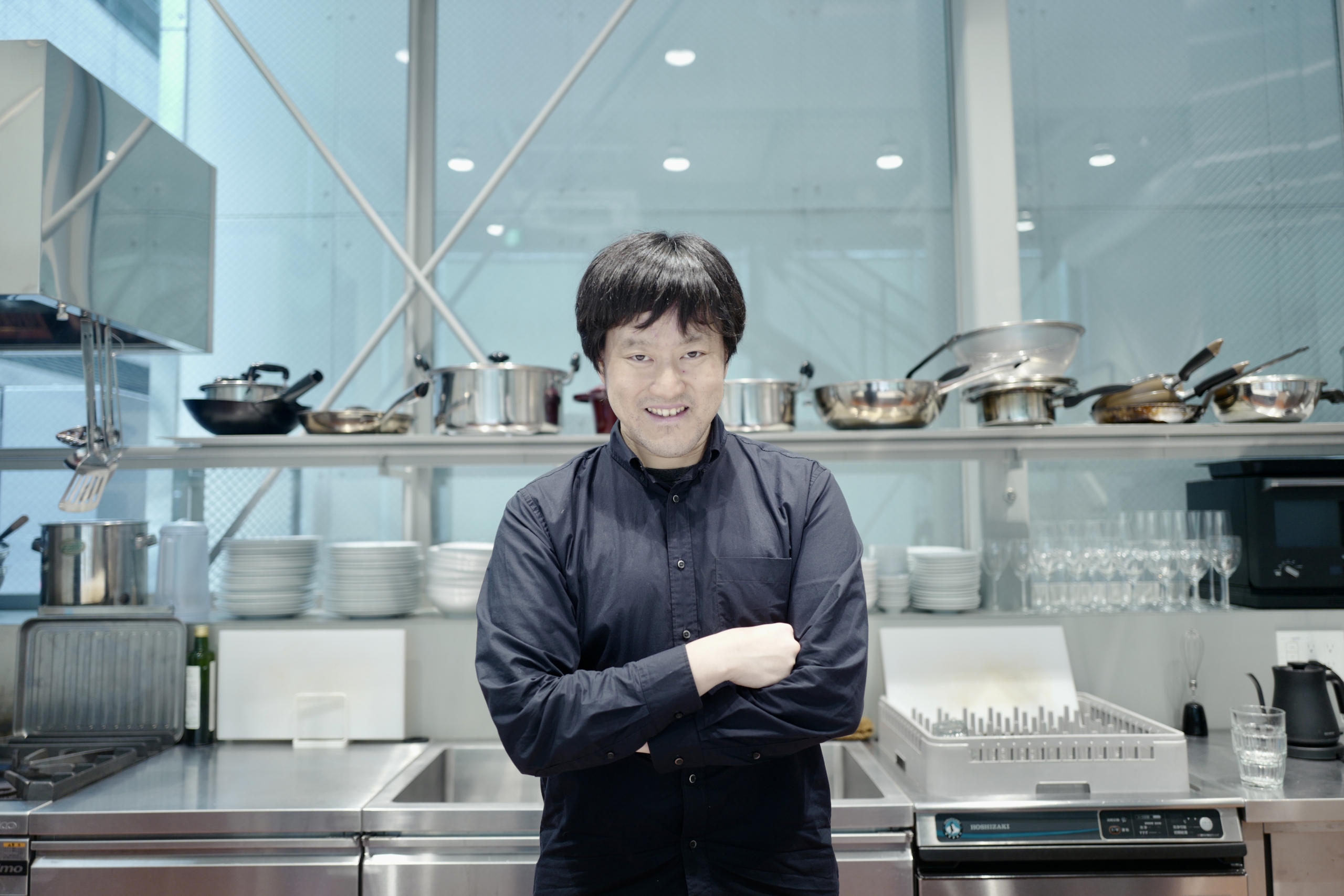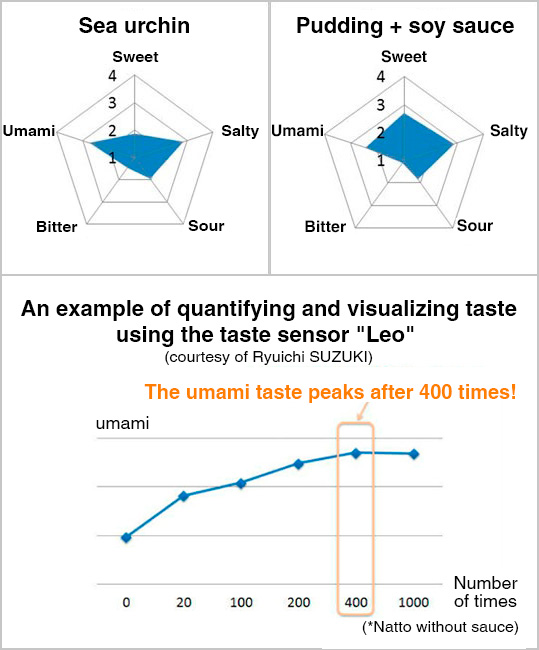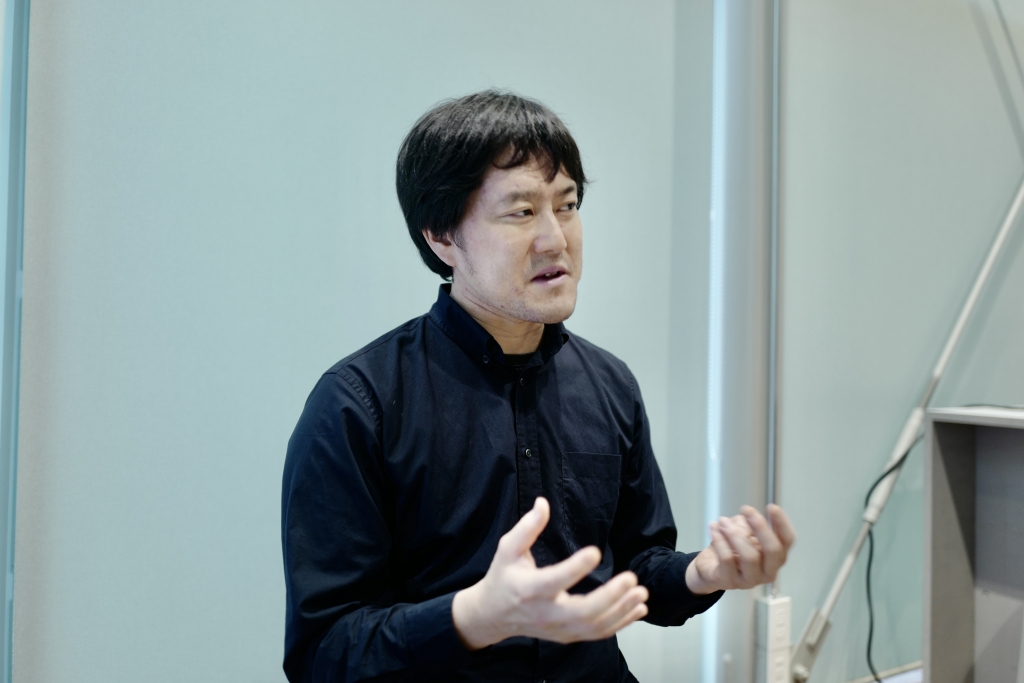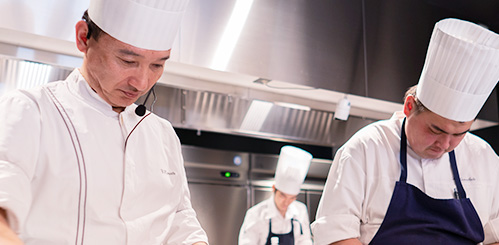[Ryuichi Suzuki 1/2] What is OISSY’s “Leo” taste sensor -the innovation recognized by the acclaimed food academy Basque Culinary Center?

Based in San Sebastian, Spain–a city renowned for gourmet cuisine, the cutting-edge food academy Basque Culinary Center (BCC) holds an annual global foodtech startup pitch competition called “Culinary Action on the Road by BCC” with preliminary rounds in five countries around the world with the aim of supporting entrepreneurs who create new value in food.
Following last year’s competition, OISSY Co., Ltd. was selected as the BCC Award winner in the Japan round of competition held in collaboration with Tokyo Food Institute (TFI) and Italy’s Future Food Institute (FFI).
In the preliminary rounds, a total of five startups were selected from five countries around the world. As the Japan round winner, OISSY participated in the finals of the global pitch competition held in San Sebastian in April 2024. The global pitch winner OISSY’s Leo taste sensor detects bitterness, saltiness, umami, sweetness, and sourness with five sensors and quantifies taste using neuron network analysis. In view of the rising global recognition and value of pairing in gastronomy, the company’s technology was highly evaluated for its potential application in a wide range of food industries including by food manufacturers and chefs. What is the OISSY technology that earned such recognition by BCC? We spoke with OISSY’s representative director Ryuichi Suzuki about the company’s efforts and future business development prospects.
The significance of quantifying taste
While still a university student, Ryuichi Suzuki and some friends started operating a ramen shop. At that time, he came up with founding concept of his current business: the idea of quantifying taste. He recalled, “There were several ramen shops near my university. They were so popular with people lined up to get in every day. So my four friends and I thought that we could do this, and so we decided to open a ramen shop. However, when it came time to decide on the menu, we discussed what kind of taste we should create, and we didn’t make any progress on this issue at all. For example, if our ramen were a building, there would be metrics such how many floors or how big it should be. However, when it comes to taste, it is very subjective and could not be quantified, so our discussions tended to be very fuzzy. I myself am a scientific person, so I especially felt frustration in the inability to quantify the discussion points. It was a major problem.”
At the time, taste sensor technology existed, but each device was only able to quantify a single taste such as saltiness. The relationship between the numerical values and deliciousness was unclear, and there were many issues with the sensing technology itself. “Today we have five basic tastes sensed by the human taste receptors: saltiness, sourness, sweetness, bitterness, and umami. Of these five tastes, saltiness and sourness are ionic and relatively easy to measure. On the other hand, sweetness, bitterness, and umami are molecular, so they are difficult to measure electrochemically. That’s why it was necessary to use a new measurement method and AI technology to create the taste sensor LEO, which made it possible to quantify these tastes.”
-1024x1009.png)
“Leo” taste sensor not only quantifies taste, but also makes it possible to visualize “taste interactions” (e.g., how the addition of sugar to coffee reduces the bitterness), combinations of ingredients that pair well together, changes in taste over time, richness (depth) of taste, etc. Currently this technology is being used by major food and beverage manufacturers. They use the quantification data of trending products as a benchmark in product development. They can compare the numbers of their product development against products of other companies, visualize the taste characteristics of similar products, and visualize the compatibility of the taste of a dish with a product, etc. The scientific visualization and analysis of tastes can be used in development and marketing promotions.

The originality of BCC fused with gastronomy and science
Recently this technology has also caught the attention abroad. The company is seeing inquiries and offers from interested parties begin to pour in. Ryuichi SUZUKI commented on this development, “We are now collaborating with a university in Taiwan, and have Chinese companies sending us samples for analysis. However, taking the LEO taste sensor overseas is not very realistic in view of the required manpower and transportation costs. For now we think the best way to expand overseas is to support Japanese companies that are expanding overseas. Also taste sensitivity differs from country to country – people in Japan are more sensitive to umami, people in Europe to sour tastes, and people in Southeast Asia to saltiness. I think it can be rather difficult to judge.”

“Aroma” and “health” is the future challenge.
While Leo’s quantification of taste has been highly praised, Ryuichi SUZUKI says there is still more to explore in the pursuit of taste. One example is scent sensing.
“There are five basic tastes, but there are no basic scents. And yet scent is one of the elements that comprise deliciousness. However, there is more water vapor in a gas than scent components, so it is easily affected by humidity and other factors. The challenge is how to eliminate that noise, which is extremely difficult. We are currently dissolving the volatile components of scent in liquids and measuring them with a taste sensor in water. Instead of focusing on the scent itself, we are currently taking a sensory evaluation approach. For example, we are looking at whether the presence of a certain scent component in a solution results in an increased perception of sweetness or whether its presences suppresses sourness. However, analyzing scents in gaseous state is the area that we are interested in, so we are actively working on it,” he explains.
AlchemBios, a US participant in BCC’s Global Pitch Contest, is another company that is working on fragrance. “This company is tackling issues that are much more difficult than ours,” says Suzuki, who continues to actively exchange ideas and hold meetings with the company in order to quantify fragrance.
He commented on another area he wants to research: the deliciousness and health.
AlchemBios, a US participant in BCC’s Global Pitch Contest, is another company that is working on fragrance. “This company is tackling issues that are much more difficult than ours,” says Suzuki, who continues to actively exchange ideas and hold meetings with the company in order to quantify fragrance.
He commented on another area he wants to research: the deliciousness and health.

Ryuichi SUZUKI
CEO of OISSY Inc. Graduated Keio University Graduate School of Science and Technology with a Master’s degree. Performed contracted work in system development and worked as a researcher at Keio University’s SFC Research Institute while still a student. Employed as both a researcher and special lecturer at Keio University. Developed the AI-equipped “Taste Sensor Leo” and founded OISSY Inc. Authored several books including ”Japanese Sense of Taste is No. 1 in the World” and “Hone Your Sense of Taste and You Won’t Get Sick.” Appeared on the TV programs “Sekai-ichi Uketai Jugyo” (The Most Useful School in the Word /NTV) and “Gaia no Yoake (Dawn of Gaia/TX).” Engages in contracted taste analysis and food compatibility research.




